Chasing Oxygen Sensor Heater Codes
Diagnosing common O2 sensor heater codes isn’t necessarily difficult, it’s just about answering how fast and how hot.
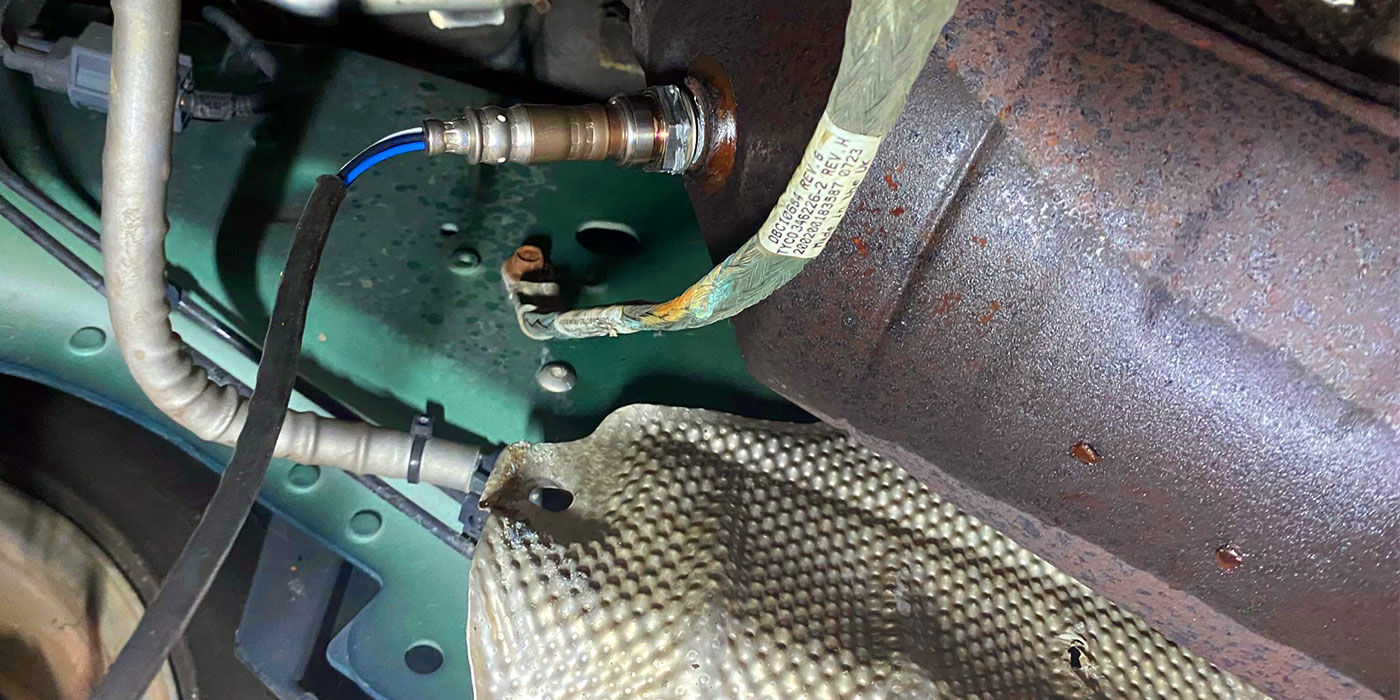
Engine Cooling Systems and Rocket Science
Internal combustion engine designs are trending smaller with higher turbocharger boosts to produce big-engine torque and horsepower ratings.
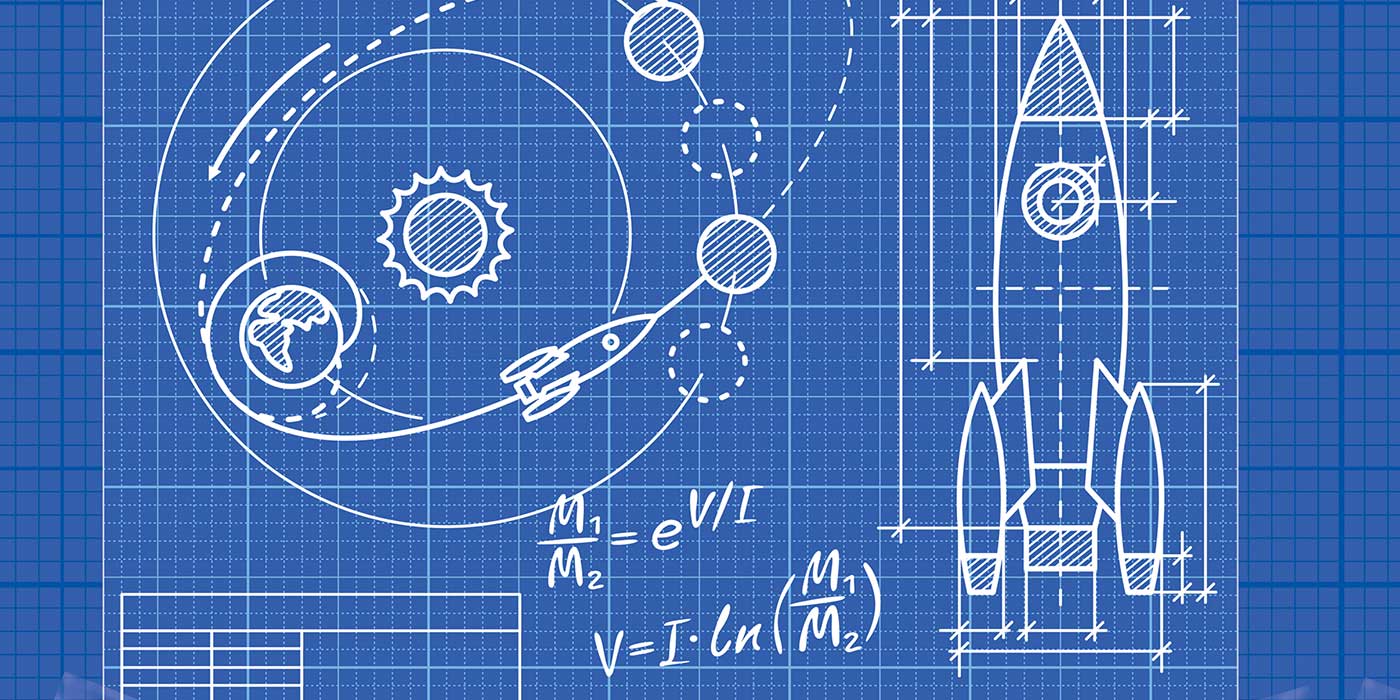
Cylinder Sealing: The Art of Measuring What’s Happening Now
Conventional cranking compression and cylinder leakage tests have become time-consuming and often inaccurate. Modern engines require a more accurate method of testing cylinder sealing.
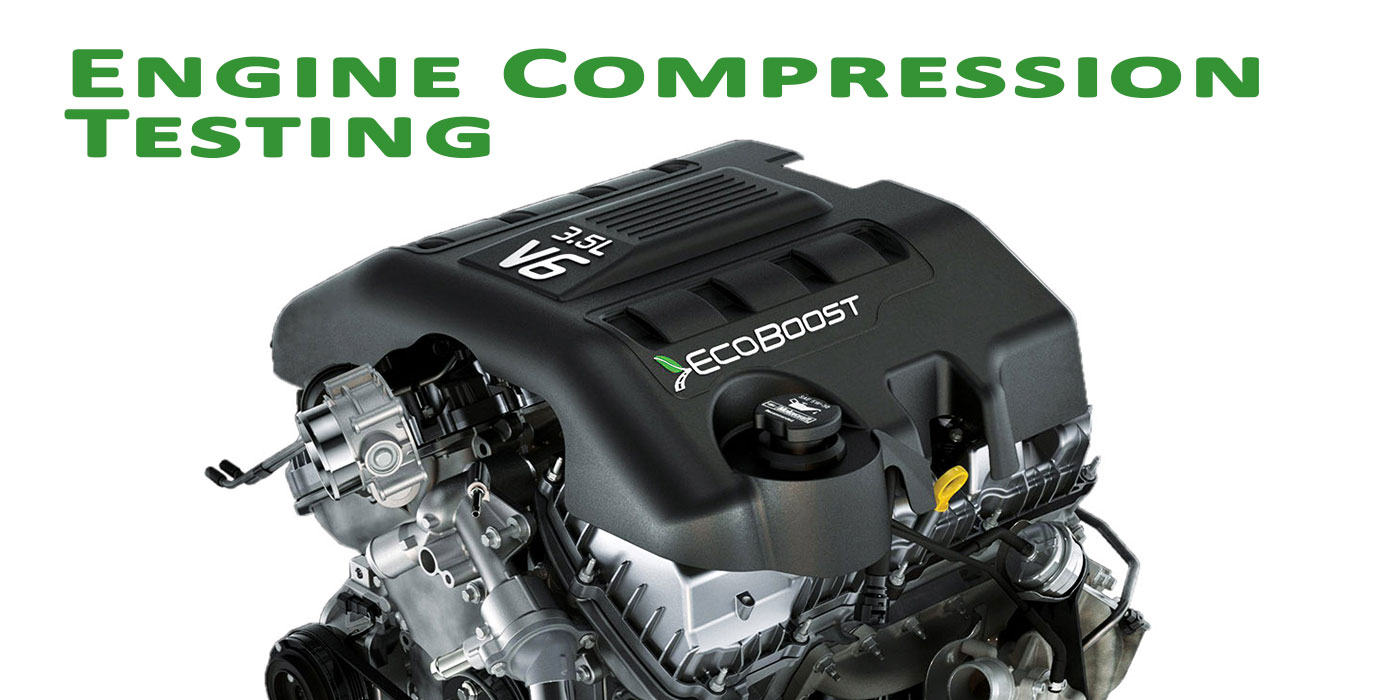
Starter & Battery Diagnostics
Because the permanent or “ferrite” magnets that are used in starters are made of a brittle ceramic material, they are vulnerable to cracking caused by sudden impacts. Cracked magnets can be tough to diagnose; here’s what you should be looking for.
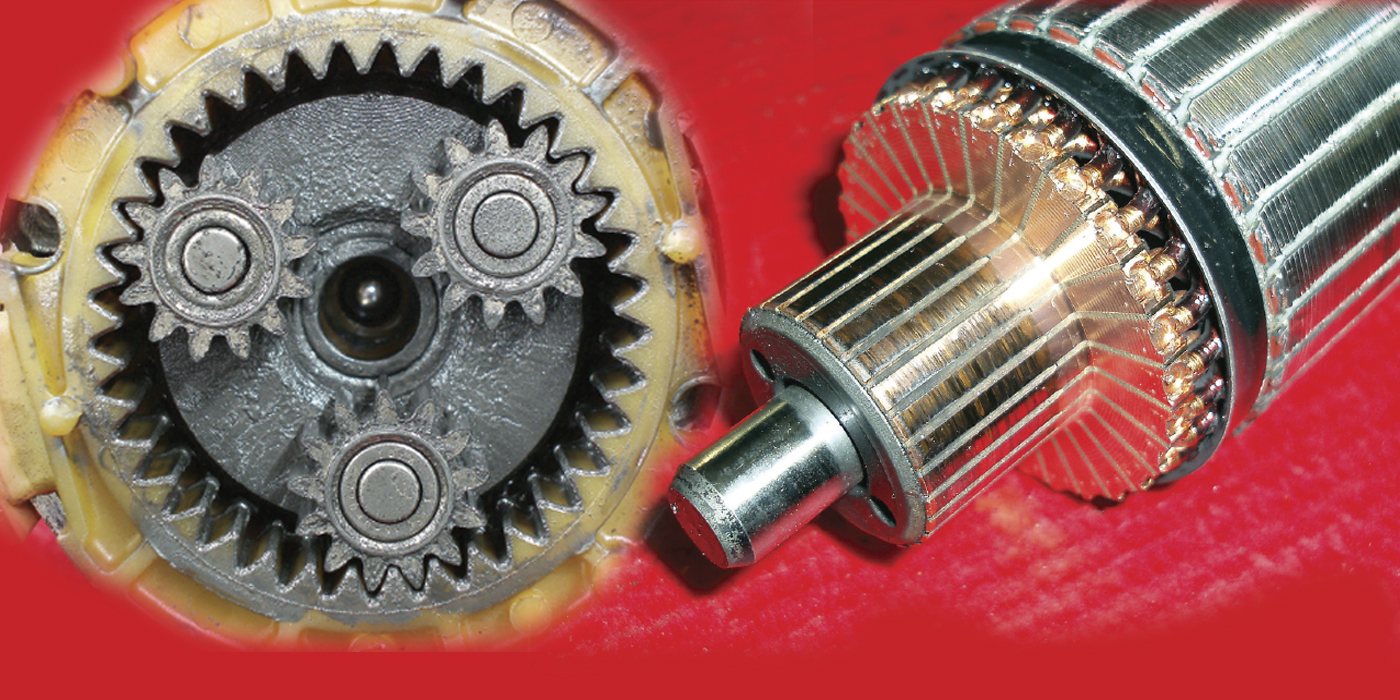
Understanding 5-Volt Reference Signals
Author Gary Goms provides two real-world examples of how two- and three-wire sensors can cause an intermittent rich operating condition.
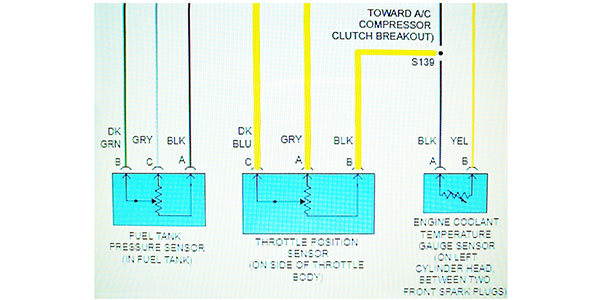
Master Cylinder Inspections
Although modern master cylinders are reliable, they do require periodic inspection.
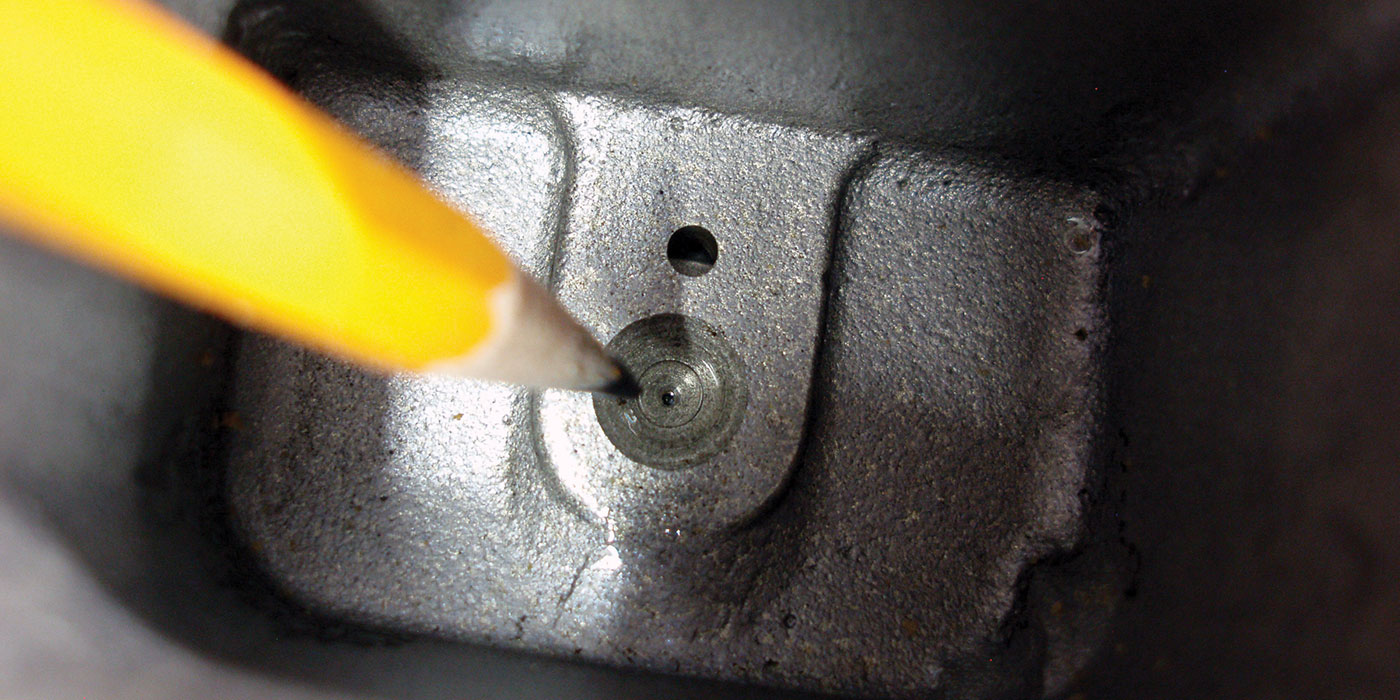
Secondary Ignition Diagnostics
There’s more to ignition science than looking for the classic quarter-inch long “hot blue spark” jumping from coil secondary to ground.
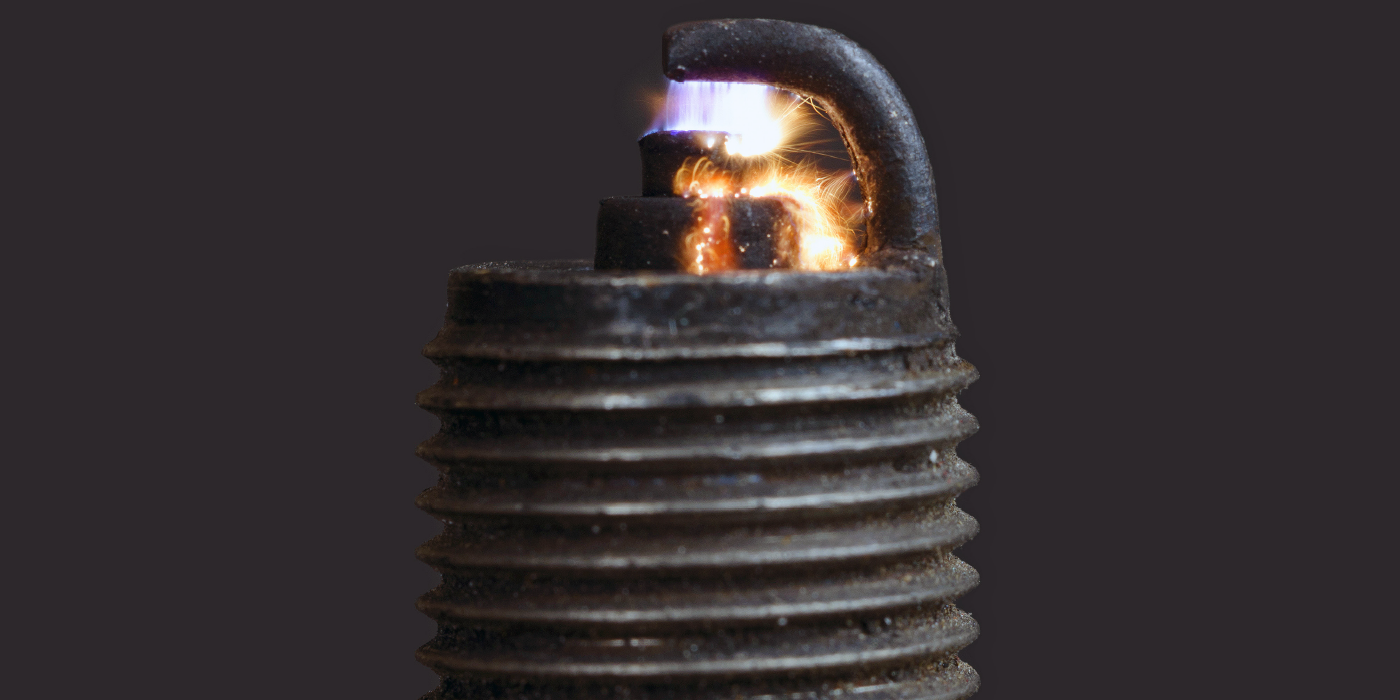
LTF and STF Fuel Trim Feedback Loops: Rich, Lean and in Between
Air/fuel ratios can range from 13:1 to 22:1, but no matter what the ratio, there’s a fuel trim cell that addresses them.
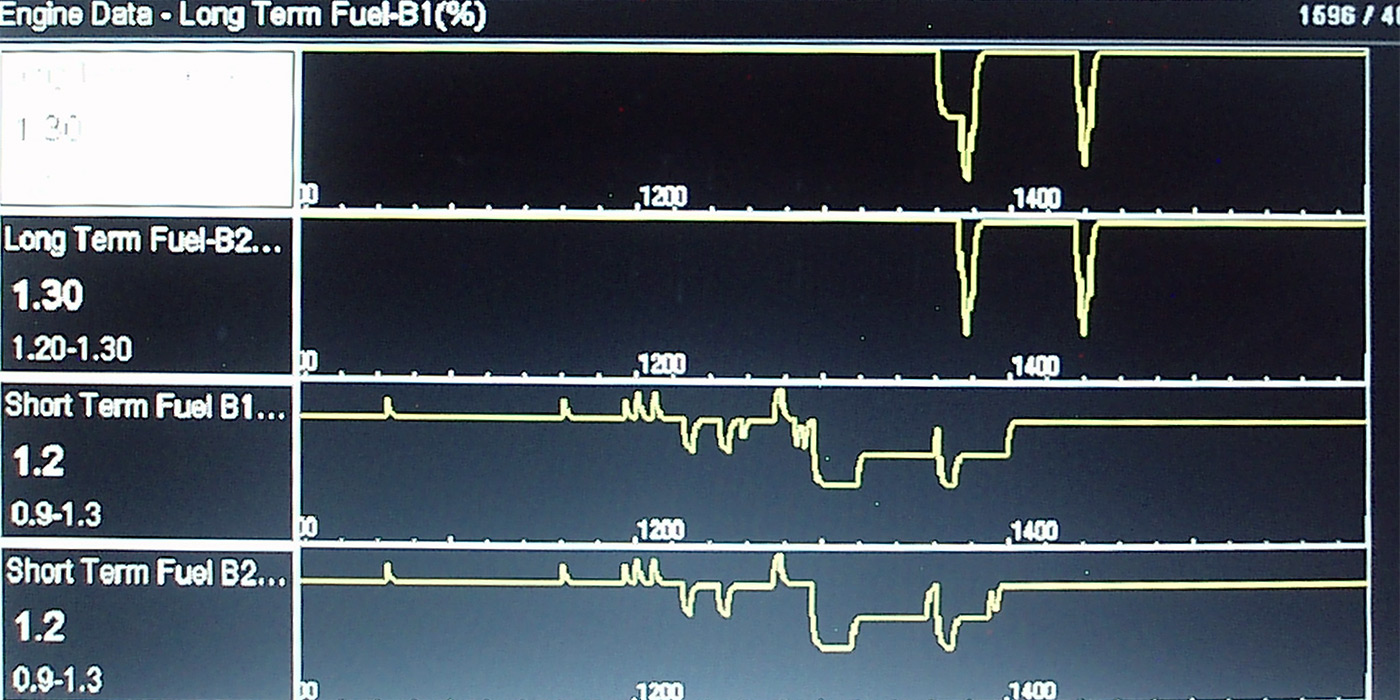
Emission Systems: How Catalytic Converters Operate
An ignition system misfire is the most common cause of catastrophic converter failure. Here’s what you need to know.
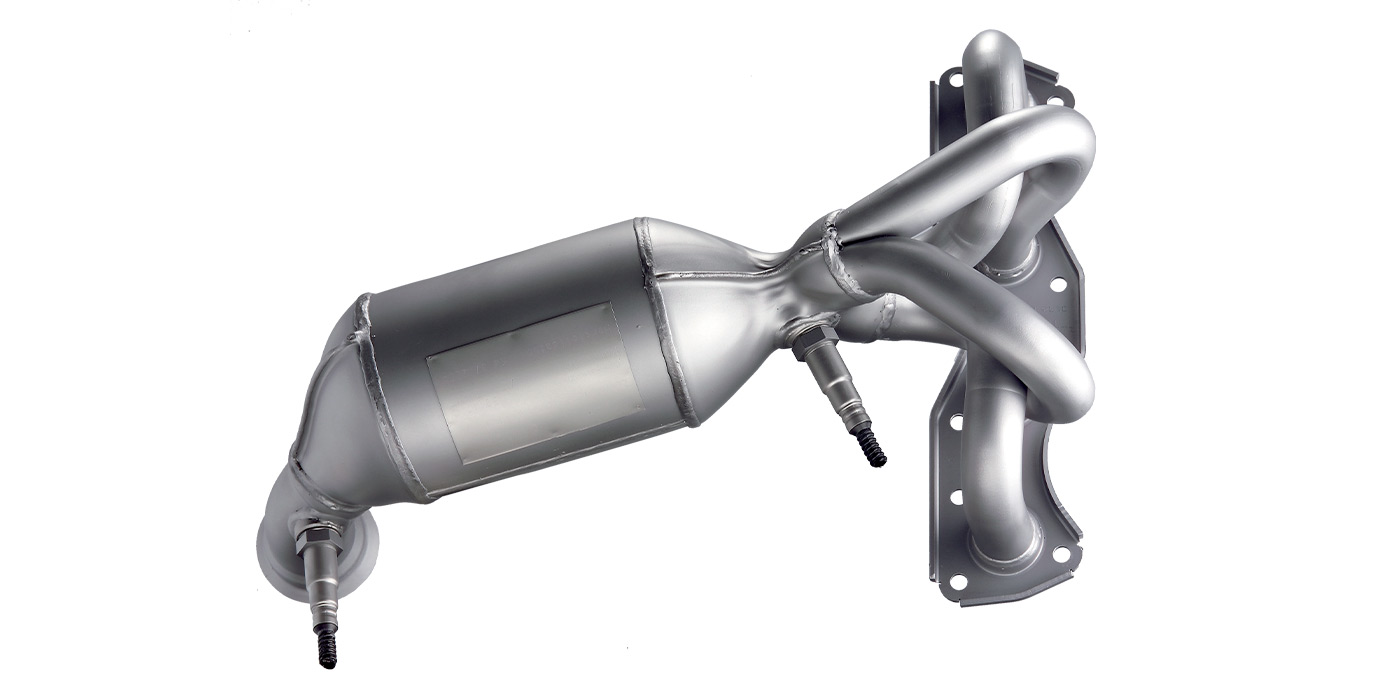
How Technology is Changing Charging System Diagnostics
Here’s what you need to know to better understand the concept of computer-controlled charging systems.

Cooling System Design
Given the advanced state of internal combustion engine (ICE) technology, some recent cooling system innovations will actually increase engine torque and fuel economy while reducing exhaust emissions. Let me simplify that idea: new cooling system technology will make ICEs run better and cleaner. So, let’s get review some basics.
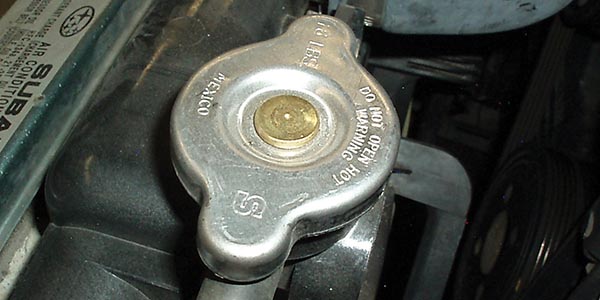
Diagnosing, Servicing & Replacing Batteries
It’s all about amp/hours — how to recognize plate sulfation when we see it.

